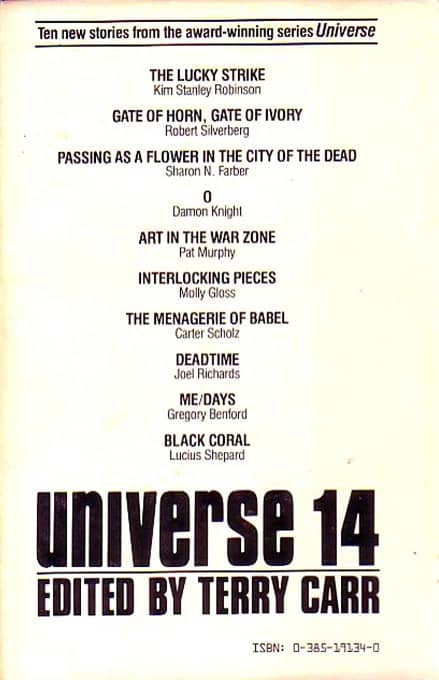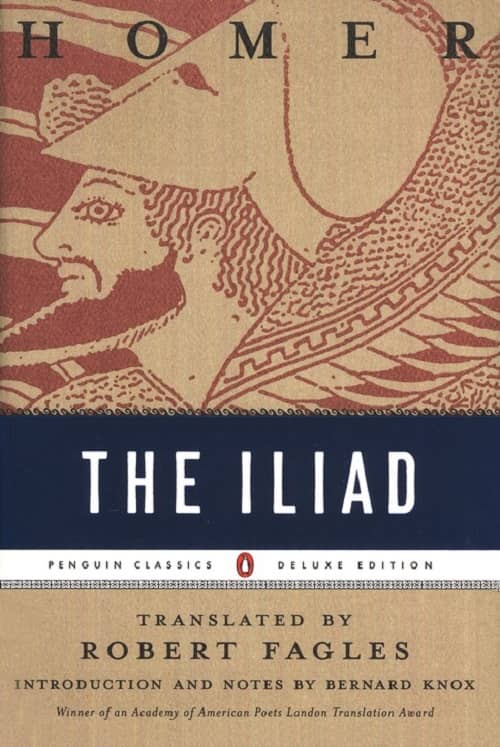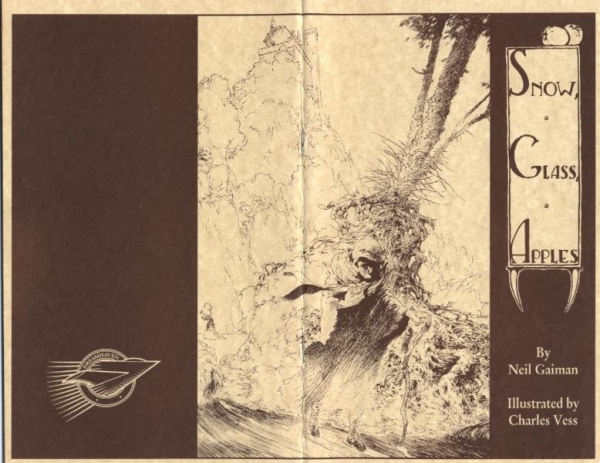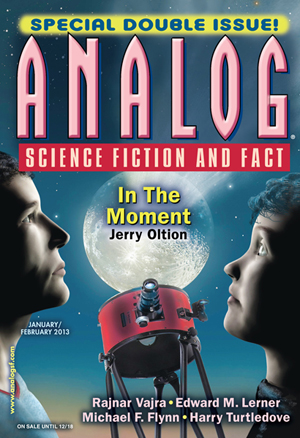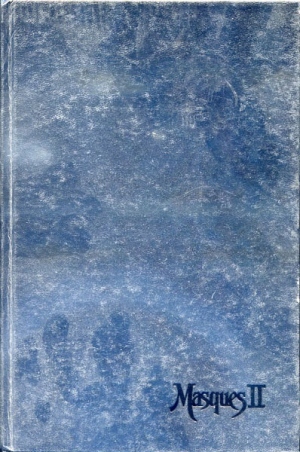I have no way of knowing whether you, who eventually will read this record, like stories or not. If you do not, no doubt you have turned these pages without attention. I confess that I love them. Indeed, it often seems to me that of all the good things in the world, the only ones humanity can claim for itself are stories and music; the rest, mercy, beauty, sleep, clean water and hot food (as the Ascian would have said) are all the work of the Increate. Thus, stories are small things indeed in the scheme of the universe, but it is hard not to love best what is our own—hard for me, at least.
— Severian
 With The Citadel of the Autarch (1983) the story ends where it began: Nessus, the great city of the Commonwealth. Severian is no longer a young torturer exiled for an act of mercy, but a figure of incredible power and importance. Realistic depictions of peace and war are interwoven with excursions into phantasmagoria. Severian encounters old friends as well as enemies, experiences mass combat, and meets the strange soldiers of the Commonwealth’s Orwellian enemy, Ascia. Told in Wolfe’s often elliptical style, there are the familiar hints of Clark Ashton Smith, the stench of Wolfe’s time during the Korean War, and a solid whiff of Chesterton’s The Man Who Was Thursday.
With The Citadel of the Autarch (1983) the story ends where it began: Nessus, the great city of the Commonwealth. Severian is no longer a young torturer exiled for an act of mercy, but a figure of incredible power and importance. Realistic depictions of peace and war are interwoven with excursions into phantasmagoria. Severian encounters old friends as well as enemies, experiences mass combat, and meets the strange soldiers of the Commonwealth’s Orwellian enemy, Ascia. Told in Wolfe’s often elliptical style, there are the familiar hints of Clark Ashton Smith, the stench of Wolfe’s time during the Korean War, and a solid whiff of Chesterton’s The Man Who Was Thursday.
At the end of the previous book, The Sword of the Lictor, Severian’s great sword, Terminus Est, was broken. So too, seemingly, the life-restoring Claw of the Conciliator he means to return to the religious order, the Pelerines. Searching for the blue gem’s pieces, he discovered that at its shattered heart was a simple thorn. The gem itself was mere glass.
Citadel begins with Severian continuing northward in search of the Pelerines and the front between the Commonwealth’s and Ascia’s armies. He soon meets the trailing edge of the Autarch’s armies: supply trains, cavalry patrols, and the scattered remains of the killed. As he pilfers supplies from one dead soldier he is struck by the callousness of his actions and by the contents of a letter written by the dead man to his beloved. He restores the corpse to life with the thorn from the Claw. Whether unable or unwilling to speak, the resurrected soldier travels with Severian until they finally come to a great field hospital run by the Pelerines.
Severian, it turns out, is suffering from a fever and is taken in by the ministering sisters. He strikes up a friendship with several fellow patients, a woman and three men who wish to marry her. And here, Citadel takes a storytelling detour. To choose a husband from among her suitors, Foila decides that whomever can tell the best story will win her hand. She asks Severian to act as judge. Each story has its own strengths, but it’s that of the Ascian prisoner I found the most interesting.
…
Read More Read More

